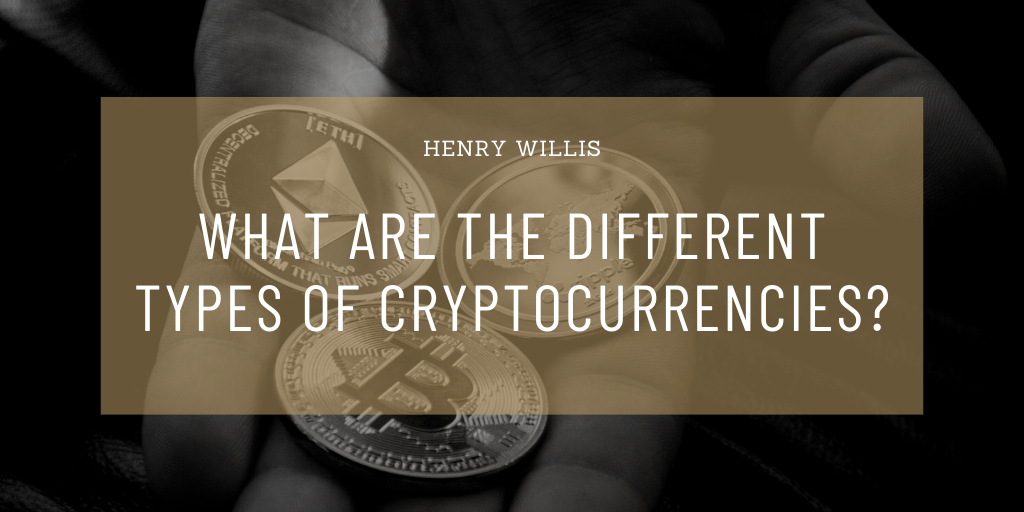As consumers, startups, and investors increasingly rely on technology for transactions, cryptocurrencies have become more and more accessible as a form of digital payment. When bitcoin first entered the scene back in 2008, it was a relatively new concept. Those who invested early are certainly glad they did, though anyone late to the party hadn’t missed out on too much. Today, there are over 3000 cryptocurrencies, with some being industry- or country-specific. BitDegree put together a handy guide to the three prominent archetypes of cryptocurrencies on the market today—let’s explore those and break them down even further.
Bitcoins
Blockchain is the platform on which every type of cryptocurrency is managed, and records of transactions are kept continuously. Bitcoin was the first cryptocurrency to be used in the blockchain. It had a bumpy start, but soon gained traction and saw two big booms, first in 2013 and 2014, then again in 2017. Although the price for bitcoin reached its peak in 2017—a whopping $20,000 per bitcoin—its worth continues to fluctuate. According to Investopedia, bitcoin’s decentralized nature is a double-edged sword. On one side, decentralization boosts the security of bitcoin. However, this comes at the cost of more difficulty for those hoping to find a standardized transaction cost, as those will vary between vendors. Despite this caveat, bitcoin enables transactions across different industries without the need to involve a third-party financial institution, creating a new means of direct exchange.
Altcoins
Many cryptocurrencies have been created using the bitcoin model as an example, and these are known as altcoins. Think of altcoins as alternative bitcoins; while structural similarities exist, intention and platform can differ. Ethereum’s ether cryptocurrency, for example, was developed specifically for smart contracts. While bitcoin can handle the same needs, Ethereum was designed specifically for smart contract requirements, eliminating much of the human error associated with paper copy revisions. Another altcoin, Zcash, builds upon the bitcoin blockchain’s security structure, focusing on identity protection for transaction participants. Altcoins, then, are homebrewed versions of bitcoin, adjusted just slightly to maximize specific benefits.
dApp Tokens
Open source, protocol-driven applications can be built within blockchains, and are referred to as “decentralized applications” (dApps). The cryptocurrency used for purchasing services and products within dApps is called a token. Tokens can also buy privileges within these apps, such as lower monthly fees for using a specific dApp. Tokens are unique in that they don’t have their own blockchain, but are built within a blockchain. Only those who have the key that gives them access to the blockchain the dApp is built into can access it. These tokens are almost like sub-currencies, though a blockchain-specific transaction fee is required to complete the exchange.
As it stands, bitcoin is still the most notable cryptocurrency, as it kick-started the digital currency frenzy. While bitcoin isn’t going anywhere anytime soon, new cryptocurrencies are making their marks with newfound sophistication and innovation.
